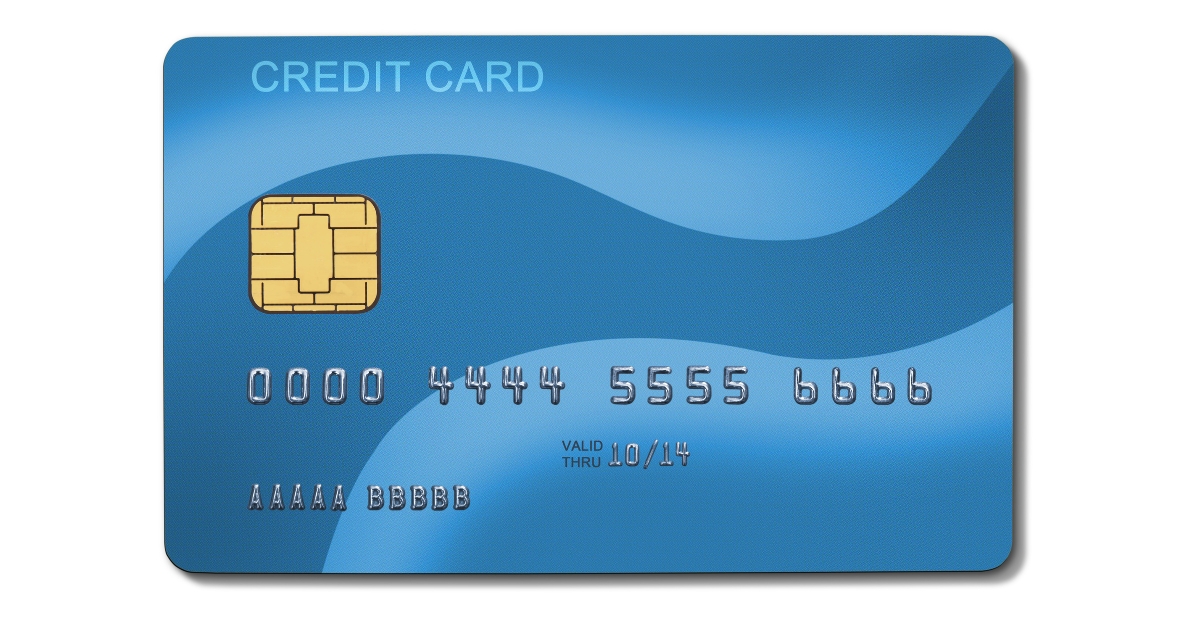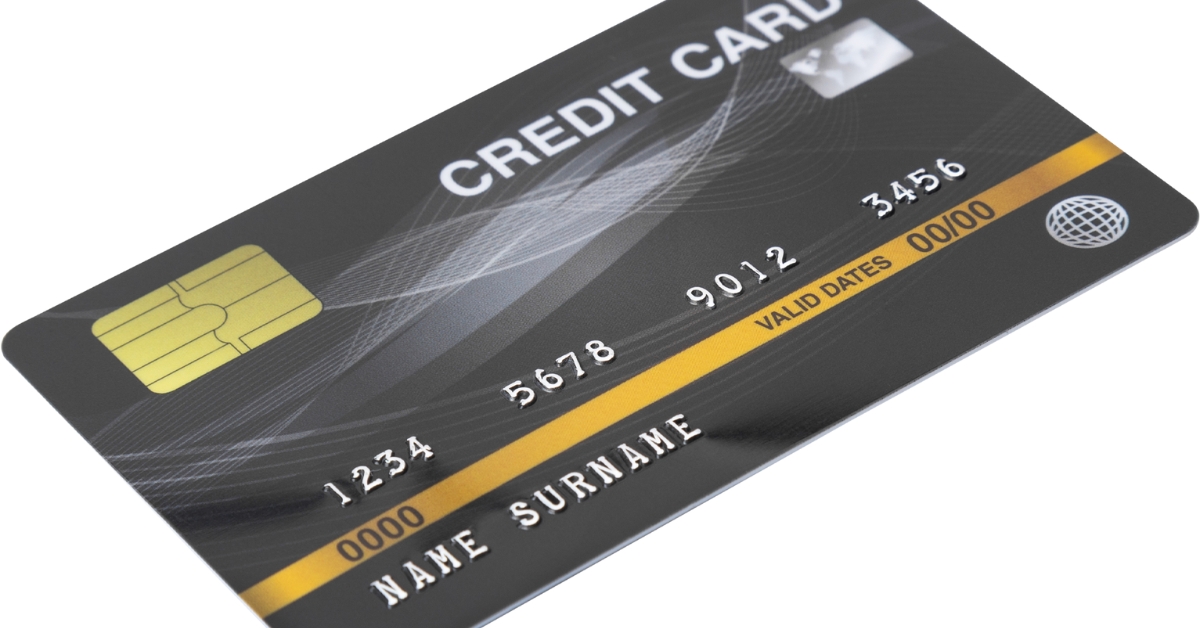Knowing what the CID on a credit card is, is helpful because you often need it when making payments over the phone and online.
CID on a credit card means ‘card identification digit.’ It is a three or four-digit number on the back of most credit cards. Some payment systems may require it when you are making a payment, and they may also refer to the CID as a CSC, CVV, CIC, CVV2, CIN, or CVC.
Read this guide to learn more about the CID on a credit card. It tells you where to find the code, why credit card companies use them, why they are given to each card, and how to keep it safe.

What is a Credit Card CID?
The CID number is three or four digits that verify that the person making the transaction is in possession of the card. Payment systems only require the code when the card is not physically presented to the merchant.

Where is the CID?
The CID is the three- or four-digit code on your credit or debit card. Sometimes the CID is found on the front of American Express cards to the right above the card number. Gift cards also have a CID. Most gift card CIDs are on the back, except those issued by American Express.
Other Names for CID
When asked to submit the CID, you may see it called a:
- CVV – Card Verification Value
- CVV2 – Card Verification Value 2
- CIC – Card Identification Code
- CSC – Card Security Code
- CIN – Card Identification Number
How Does a CID Protect Consumers?
CIDs are relatively new on credit and debit cards. Banks first started using CIDs on debit cards in 1997, and Visa credit cards added CIDs in 2001, with the other major card companies following.

The three- or four-digit code helps prevent credit card fraud because it ensures that the purchaser is physically in possession of the card. CIDs are not stored on payment terminals, your card’s chip, or magnetic strip, nor do they print the digits on credit card payment receipts.
Final Advice on CID on a Credit Card?
You should be especially careful when providing the CID on a credit card to a customer service representative. To avoid being a victim of credit card fraud, you should never give the code to anyone who calls and requests it. Only provide it to a company that you trust and contact yourself.
Scammers often ask for the CID and other card information when attempting to steal your card information to commit fraud.
For help with other personal finance topics, like how to fill out a check, read the other guides on our site.
